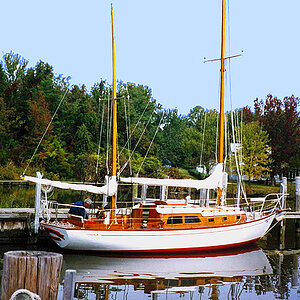lewismalpas
TPF Noob!
- Joined
- Jul 29, 2013
- Messages
- 25
- Reaction score
- 0
- Location
- United Kingdom
- Can others edit my Photos
- Photos NOT OK to edit
Hey,
Just been looking at David Bailey's photographs and have always wondered how he adds the black border to his scans, can anyone explain how this effect is achieved? Does he simply scan the negatives on a flatbed?
http://writtenonskin.nl/wp-content/uploads/man-ray-1968-photo-david-bailey.jpg
Many thanks,
Lewis.
Just been looking at David Bailey's photographs and have always wondered how he adds the black border to his scans, can anyone explain how this effect is achieved? Does he simply scan the negatives on a flatbed?
http://writtenonskin.nl/wp-content/uploads/man-ray-1968-photo-david-bailey.jpg
Many thanks,
Lewis.


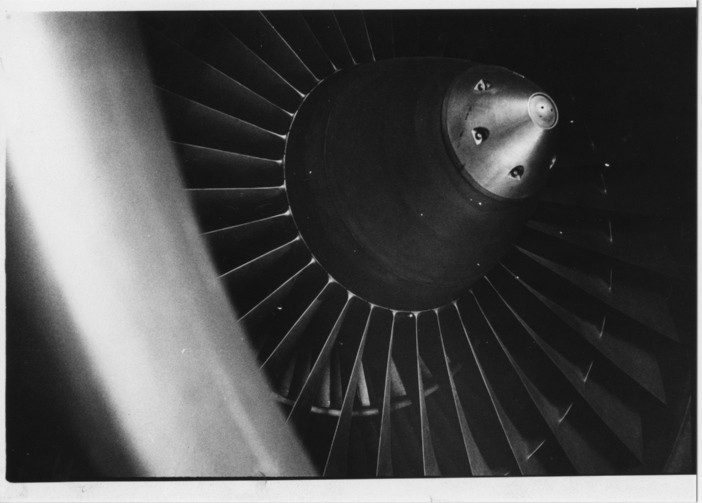
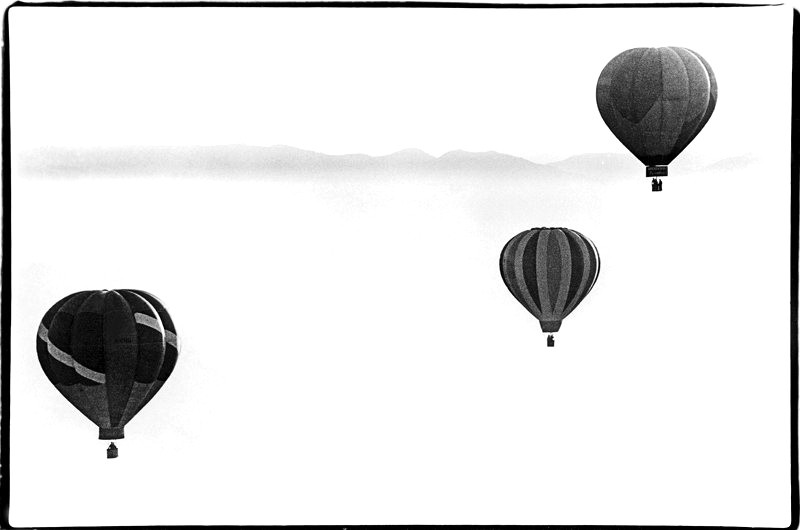
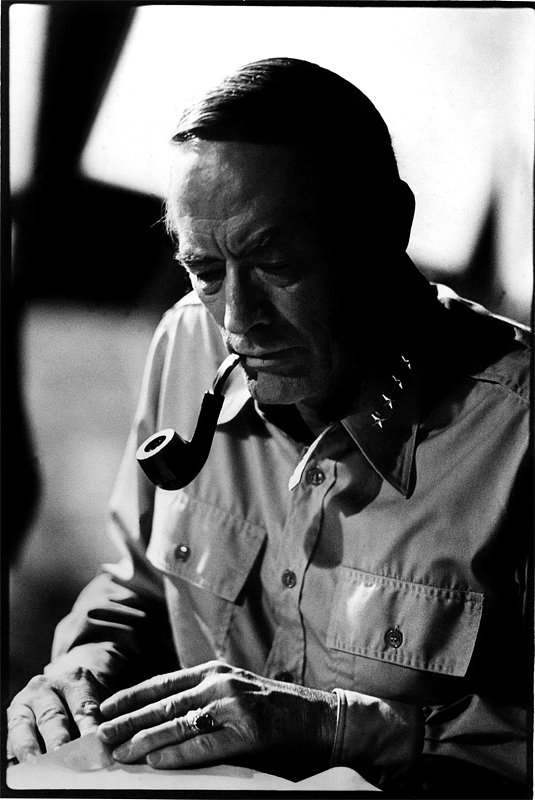
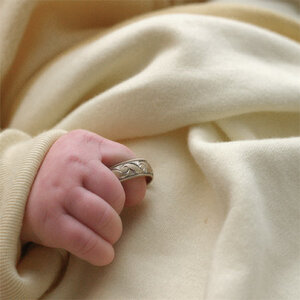

![[No title]](/data/xfmg/thumbnail/35/35878-753a9d58c095f0e1aaa96d03c025f6ce.jpg?1619737205)
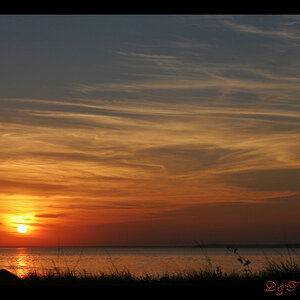

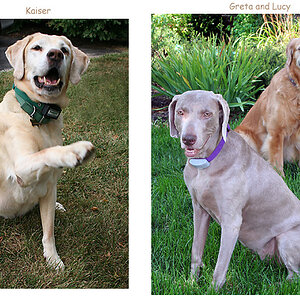
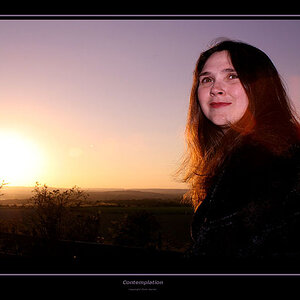
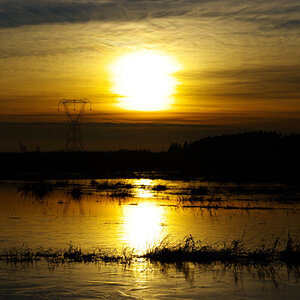
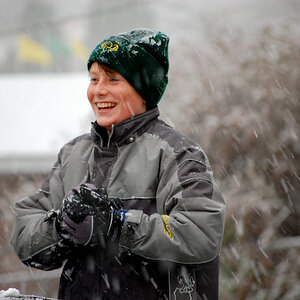
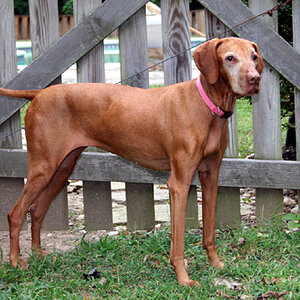
![[No title]](/data/xfmg/thumbnail/39/39511-592cbd68b1d797ffce7e41e4fbfed890.jpg?1619739066)
